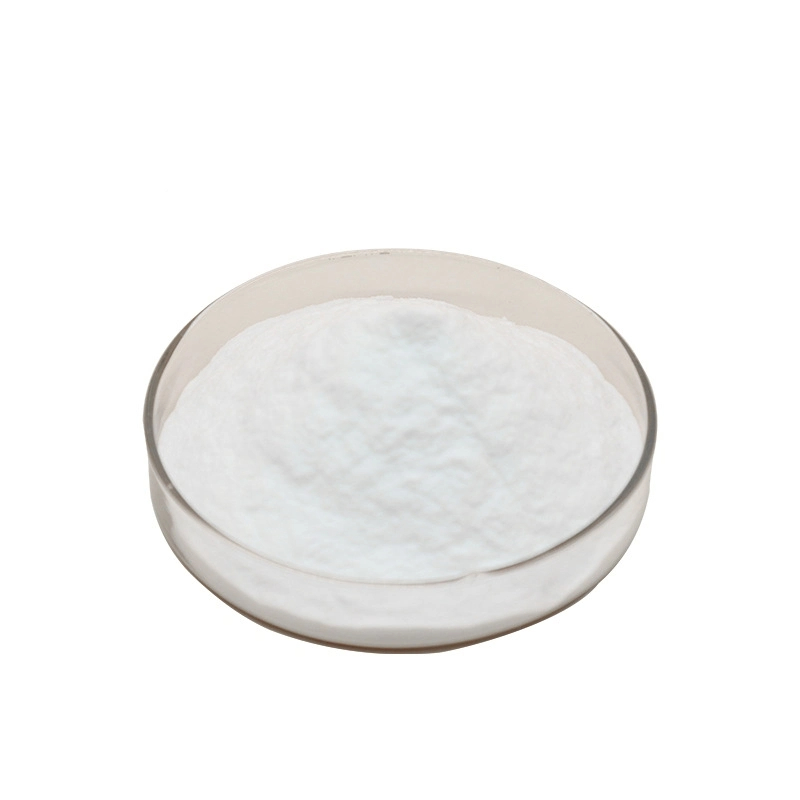



Exploring the Applications and Benefits of Red Lead in Various Industries
The Uses of Red Lead A Comprehensive Overview
Red lead, also known as lead tetroxide or minium, is a bright red or orange pigment that has been utilized for centuries in various applications. Its distinct color and properties make it a valuable material in industries ranging from construction to art. In this article, we will explore the various uses of red lead and highlight some important considerations related to its application.
The Uses of Red Lead A Comprehensive Overview
In addition to its use in paints, red lead serves as an important component in the manufacturing of ceramics and glass. The incorporation of red lead in these materials not only contributes to their aesthetic appeal but also improves their mechanical strength and thermal resistance. In ceramics, it can enhance the glaze's gloss and brightness, making it a popular choice among artists and manufacturers alike.
red lead uses

Red lead is also employed in the battery industry, specifically in the production of lead-acid batteries. The compound plays a significant role in the formation of the positive plate, contributing to the battery's overall functionality and efficiency. As such, red lead is integral to the energy storage sector, especially in applications where reliable power sources are necessary.
However, it is essential to acknowledge the health hazards associated with red lead. Due to the toxic nature of lead, exposure can lead to serious health complications, including neurological damage, especially in children. Therefore, stringent regulations and safety measures are necessary when handling or using products containing red lead. Manufacturers are increasingly exploring safer alternatives that can replicate the desirable attributes of red lead without the associated health risks.
In conclusion, red lead is a versatile material with a rich history of use across multiple industries. From its role in paints, ceramics, and batteries to its aesthetic appeal, red lead remains significant in various applications. However, it is crucial to mitigate the health risks linked to its use through appropriate safety protocols and the exploration of alternative materials. As industries evolve and prioritize worker safety and environmental health, the future of red lead may see shifts towards more sustainable and less toxic options.
-
Why Sodium Persulfate Is Everywhere NowNewsJul.07,2025
-
Why Polyacrylamide Is in High DemandNewsJul.07,2025
-
Understanding Paint Chemicals and Their ApplicationsNewsJul.07,2025
-
Smart Use Of Mining ChemicalsNewsJul.07,2025
-
Practical Uses of Potassium MonopersulfateNewsJul.07,2025
-
Agrochemicals In Real FarmingNewsJul.07,2025
-
Sodium Chlorite Hot UsesNewsJul.01,2025










